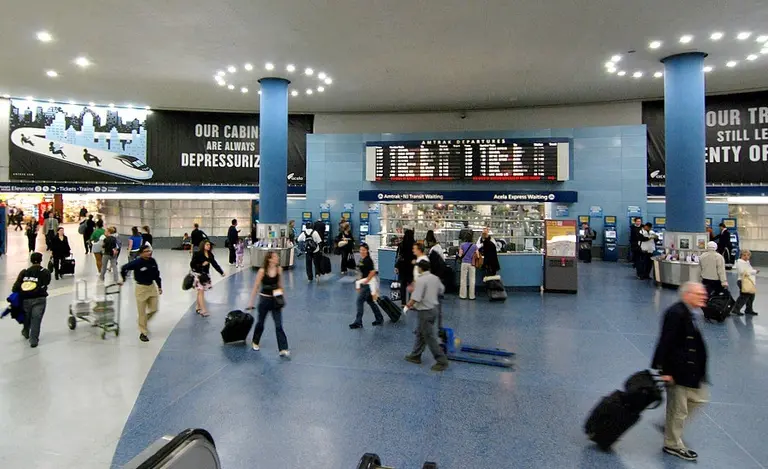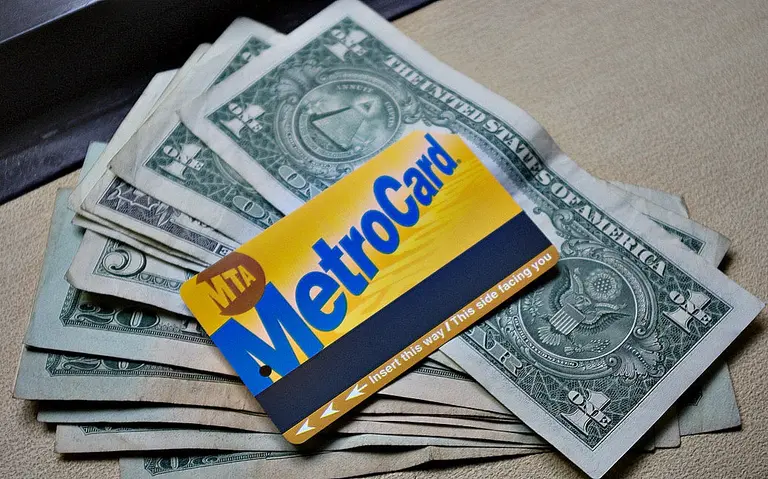June 13, 2017
Image by Kev Harb via flickrWith six weeks of infrastructure repairs at Penn Station beginning in July, the “summer of hell” for commuters is quickly approaching. In response, the Metropolitan Transportation Authority has finally announced its plan to deal with Amtrak’s plan to close some of the station’s 21 tracks for renovations. As Crain’s reported, the MTA will shift three nighttime trains to rush hour and add about 36 cars, while also offering transit alternatives like ferry and bus services. The shutdown will force the MTA to cancel or divert 15-weekday trains between 6 a.m. and 10 a.m., affecting nearly 9,600 LIRR morning commuters, set to begin July 10.
Find out more

